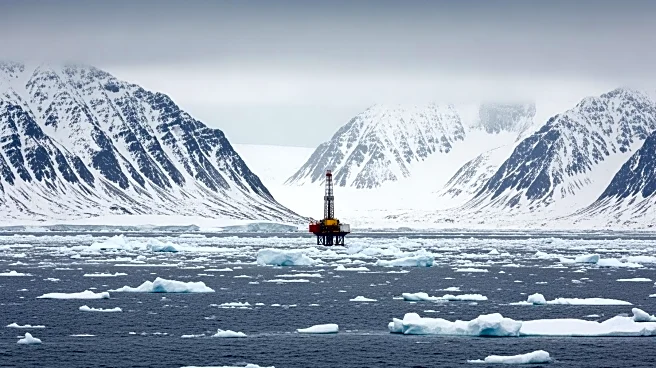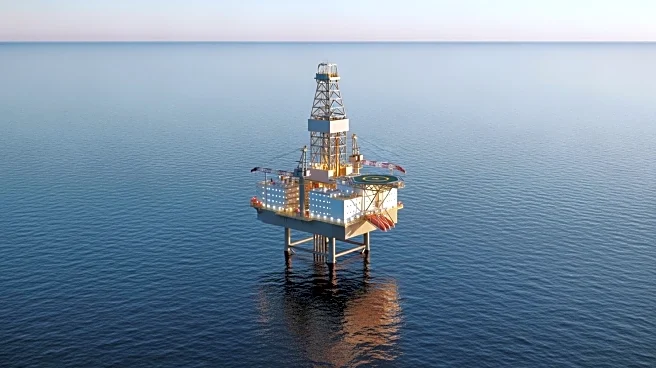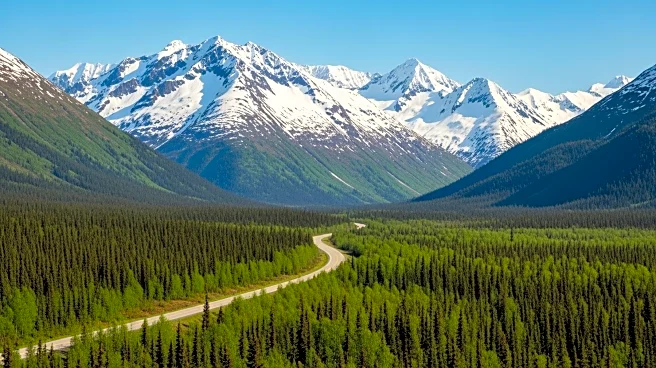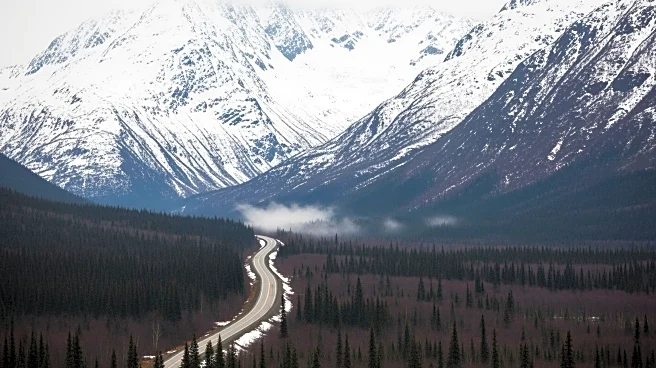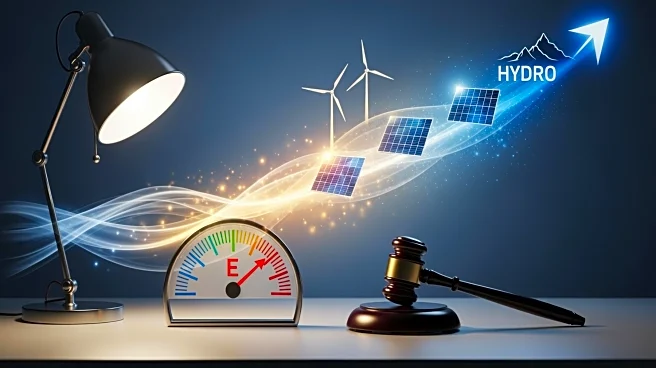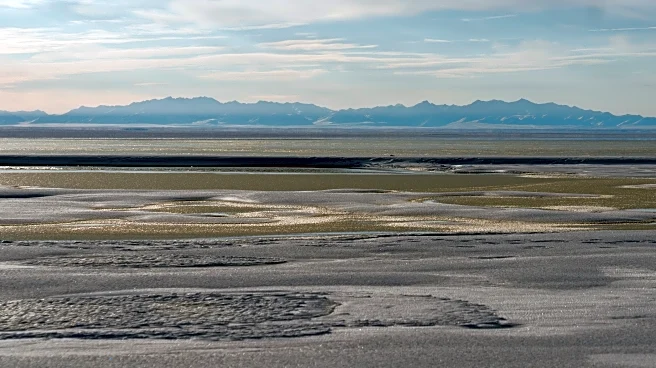What's Happening?
The Trump administration has announced plans to open parts of the Arctic National Wildlife Refuge in Alaska for oil and gas drilling. This decision is part of a broader effort to revive projects that were
previously blocked by the Biden administration. The refuge, comparable in size to South Carolina, is one of the largest undeveloped wilderness areas in the U.S. and is believed to contain significant oil reserves. The move has reignited debates over the environmental impact versus economic benefits, with the state of Alaska and some Native groups supporting the development for economic reasons, while others oppose it due to potential harm to wildlife and climate change.
Why It's Important?
The decision to open the Arctic National Wildlife Refuge for drilling has significant implications for U.S. energy policy and environmental conservation. Proponents argue that it could boost economic development and provide tax revenue, particularly benefiting Alaska's economy. However, environmentalists and some Native groups warn of the potential negative impacts on wildlife, including caribou and polar bears, and the broader implications for climate change. The move reflects ongoing political battles over public land use, with each administration reversing the policies of its predecessor, leading to uncertainty and prolonged legal and political disputes.
What's Next?
The Trump administration is also reviving other infrastructure projects in Alaska, such as the construction of roads in remote areas, which are expected to face legal challenges from environmental groups and local tribes. These projects, including the Ambler Road and a road linking King Cove to an airport, are controversial due to their potential environmental impact. The ongoing political tug-of-war over these projects suggests that future administrations may continue to alter the course of these developments, leaving their ultimate fate uncertain.
Beyond the Headlines
The ongoing debate over drilling in the Arctic National Wildlife Refuge highlights broader issues of federal land management and the balance between economic development and environmental preservation. The federal government's significant land ownership in Alaska makes it a focal point for these national policy debates. The repeated policy reversals with each administration underscore the challenges of achieving long-term solutions and the need for a more stable and consistent approach to managing public lands.
